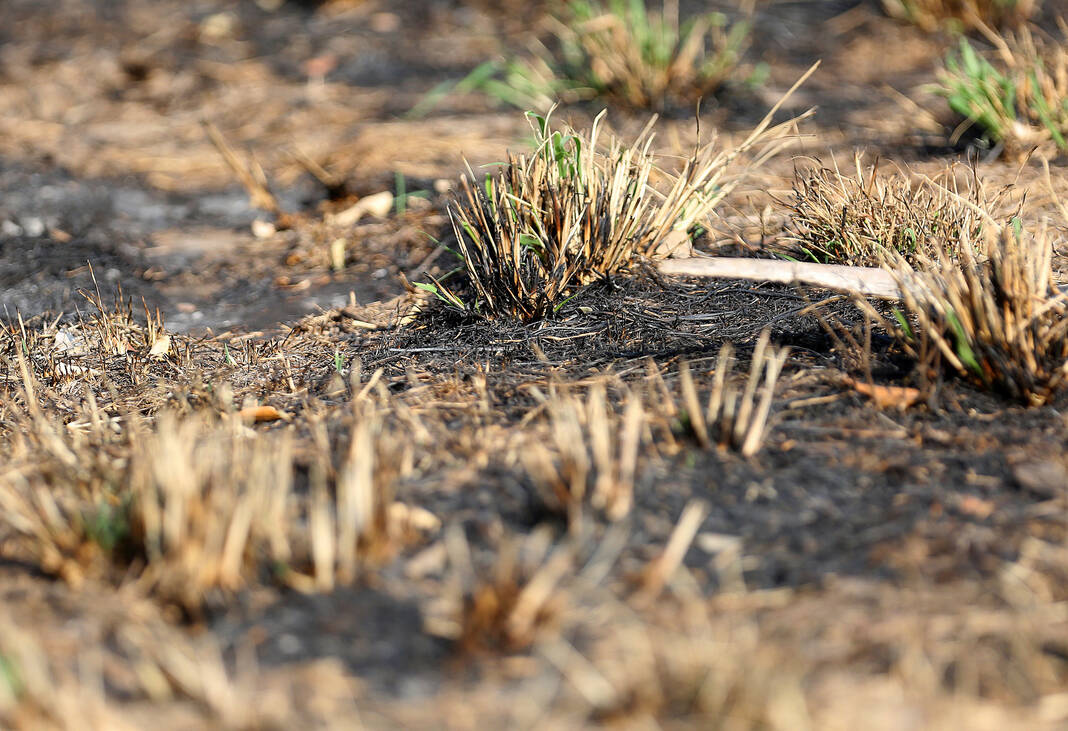
Widespread drought and wildfires in many areas of the state will mean a moderately successful deer-hunting season, state officials say.
Alan Cain, white-tailed deer program leader for the Texas Parks and Wildlife Department, noted that while harvest numbers may look good, drought impacts on deer habitat mean hunters should generally expect average to below average antler quality and body weight this fall.
Additionally, bow hunters may see fewer deer at feeders when archery season opens Oct. 1 since recent rains have improved habitat conditions, making deer less dependent on feeders.
That means archery hunters may need to modify their strategies to be successful, Cain said.
“Overall, 2022 year is expected to be good in terms of harvest numbers and opportunities, so don’t let the chance to spend time afield with family, friends and fellow hunters pass you by,” Cain said.
Extremely high temperatures in much of the state this summer, combined with lack of rainfall in most places, suppressed growth of important white-tail food sources like forbs and woody shrubs.
“Woody plants are critical in times like these because these deep-rooted plants are often the only abundant supply of green groceries for deer, but even these browse plants are showing some signs of stress,” Cain said. “Mesquites appear to be on track to produce an abundance of beans this year and were critical sources of natural forage for deer in late summer in the central, south and western portions of the state.”
Wildfires raged across much of the state this summer but Cain said the impact of those is limited at this time.
“Where fires have occurred, there’s been new grass and weed growth providing some much-needed nutrition and cover for deer,” Cain said. “Although habitat conditions have improved immensely with recent rains, the timing was a bit late to have any meaningful influence on antler quality.”




